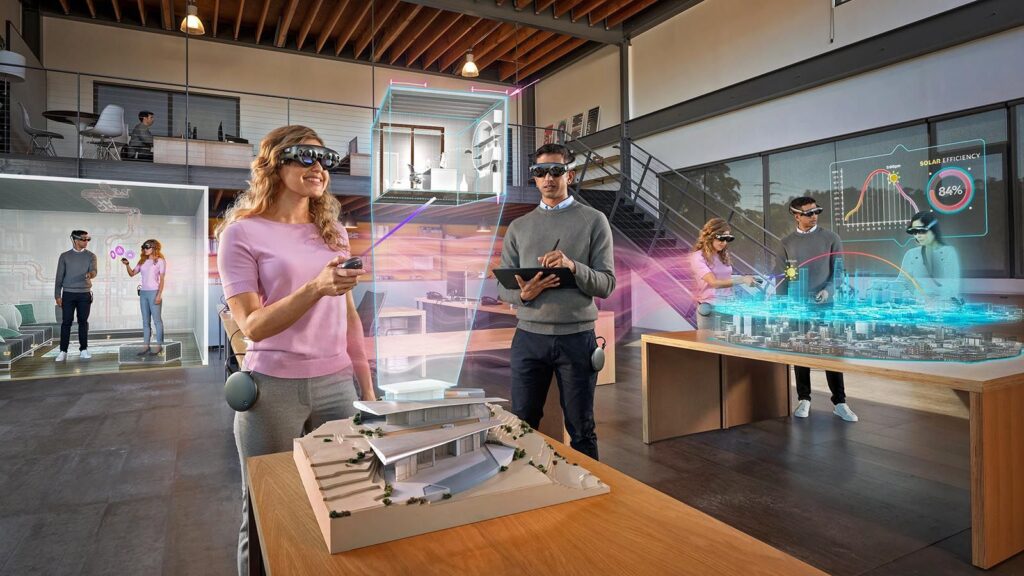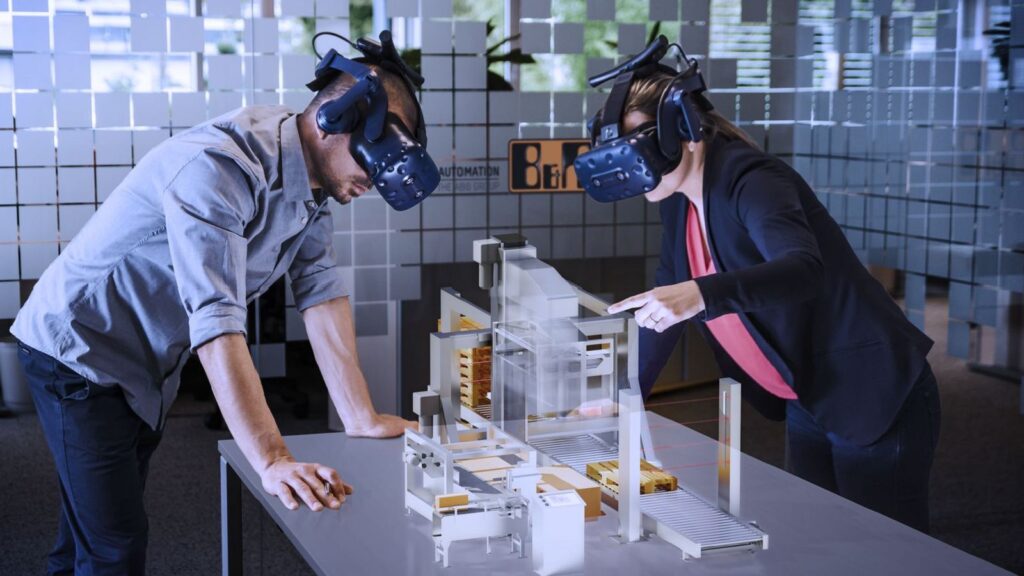
Virtual reality Technology has made significant strides in recent years, transforming the way we experience digital content.
While VR initially gained popularity in the gaming industry, its potential extends far beyond immersive game environments. From healthcare and education to architecture and tourism, virtual reality is revolutionizing various sectors by offering realistic simulations and interactive experiences like never before.
In this article, we will explore the impact of VR beyond gaming and delve into its applications across different fields, shedding light on how this groundbreaking technology is shaping our future.
Virtual Reality Technology
Virtual reality technology has experienced a remarkable rise in popularity and accessibility over the past few years. With advancements in hardware and software, VR now offers an immersive and interactive experience that was once only imaginable.
One of the key factors driving its rise is the increasing affordability of VR headsets, making them more accessible for consumers and businesses alike. This has led to a surge in demand for VR content and applications across various industries such as gaming, entertainment, education, healthcare, and even tourism.
Another contributing factor to the rise of VR technology is the continuous development of more comfortable and realistic virtual experiences. Early iterations of VR often left users feeling disoriented or even nauseous due to latency issues or low-resolution displays.
However, with improved display technologies like OLED panels and higher refresh rates, as well as enhanced motion tracking capabilities, these discomforts have been significantly reduced.
Moreover, the COVID-19 pandemic has also played a role in the increased adoption of virtual reality technology. With social distancing measures implemented worldwide, many individuals turned to virtual reality platforms to satisfy their need for social interaction and exploration while staying safe at home.
Virtual meeting spaces became popular alternatives to physical gatherings, enabling remote collaboration between teams across different locations.
Understanding VR

Virtual reality (VR) is an immersive technology that creates a simulated environment, replicating real or imaginary worlds. It typically involves the use of headsets or goggles, which help to block out the physical world and transport users to a digital realm.
But VR is not just limited to visual experiences; it also incorporates other sensory inputs such as sound and touch to enhance immersion. To achieve this level of realism, virtual reality relies on several components working together seamlessly.
One crucial element is the display system, which ensures that users see high-quality visuals with minimal latency. This often includes high-resolution screens and lenses that create a sense of depth perception within the virtual environment.
Virtual Reality in Education
Virtual reality (VR) has transcended the boundaries of gaming and entered the realm of education, revolutionizing the way students learn.
With VR technology, students now have the ability to explore historical sites, conduct science experiments, or even visit foreign countries without leaving the classroom. This immersive experience not only enhances learning but also allows for a deeper understanding and retention of knowledge.
One area where VR is particularly impactful is in field trips. Traditional school field trips often come with logistical challenges and limitations in terms of time and resources. However, with virtual reality, students can virtually transport themselves to any location around the world or beyond.
For example, a class studying ancient civilizations can take a virtual tour of the pyramids in Egypt or walk through the streets of ancient Rome.
VR in Healthcare
Virtual Reality (VR) has become a game-changer in various industries, and one of the fields benefiting the most is healthcare and medicine. The potential of VR in this domain is tremendous, offering new avenues for patient care, medical training, and even therapy.
Unlike traditional methods, VR allows healthcare professionals to create realistic virtual environments that can be used for diagnosis, treatment planning, and rehabilitation.
One area where VR shows immense promise is pain management. Studies have shown that using virtual reality can help distract patients from physical pain by immersing them in engaging virtual environments.
For example, Burn patients often endure painful wound-cleansing treatments; however, research has found that immersing these individuals in a calming virtual environment significantly reduces their perceived pain levels during the procedure.
VR in Engineering and Architecture

VR is revolutionizing the fields of engineering and architecture by offering unprecedented opportunities for visualization, simulation, and collaboration. Through VR technology, architects and engineers can now step inside the designs they create, bringing their ideas to life like never before.
By using VR headsets, users can navigate through virtual environments that simulate real-world spaces, allowing them to experience scale and proportion in a way that traditional computer screens cannot replicate.
One of the key advantages of VR in engineering and architecture is its ability to visualize complex structures or designs. Architects can utilize VR to give stakeholders a realistic representation of their projects even before construction begins.
Conclusion:
In conclusion, the future of VR holds immense promise and potential. As technology advances at an unprecedented rate, we can only anticipate even greater developments in this field.
Virtual reality has already showcased its ability to revolutionize various industries such as gaming, healthcare, education, and entertainment.
As more companies invest in virtual reality technologies and content creation, we can expect a wider range of experiences that cater to diverse interests and needs.
For instance, medical students can now practice complex surgeries in a virtual environment before ever stepping foot into a real operating room. Similarly, architects can design and showcase their concepts through immersive virtual tours. The possibilities are vast.